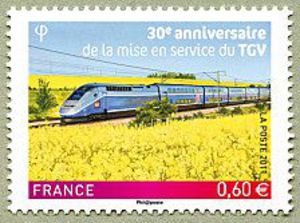Although pesticide treatment for oilseed rape (OSR) will vary from place to place and year to year, depending upon local conditions and needs, this review of pesticide usage on OSR between 1988 and 2014 has identified a long-term upward trend. Overall, the average number of pesticide treatments on OSR has more than doubled since 1994, accompanied by an increase in weight of pesticide active substances, from 2.1 kg/ha in 1994 to 3.3 kg/ha in 2014. The combined number of pesticide active substances has more than doubled during the same period. In respect of insecticides, the weight of insecticide active substances per hectare increased from 32 g/ha in 2002 to 50 g/ha in 2014. The number of insecticide spray rounds, products and active substances has also increased since 2002. Although Budge et al (2015) established that neonicotinoid seed coatings enabled farmers to reduce the number of insecticide sprays on OSR, this is not evident from the survey data after 2000 when neonicotinoid seed treatments were introduced. The weight of insecticide active substance per hectare and the number of insecticide spray applications has continued to increase after the introduction of neonicotinoid insecticide seed treatments in 2000.
Sources:
John Hoar, Fareham and District Beekeepers’ Association. Pesticide Usage on
Oilseed Rape. Beecraft Magazine February 2016 Vol 98 No 2
Budge, GE, et al (2015). Evidence for pollinator cost and farming benefits of neonicotinoid seed
coatings on oilseed rape. Scientific Reports, 5, 12574. doi: 10.1038/srep12574 (www.nature.com/articles/srep12574)

- Log in to post comments
